The Renault Scénic revolutionised the car market back in 1996 as a compact MPV that offered more space within a hatchback footprint. Fast forward 26 years and the French carmaker wants to do it all again with the Scénic Vision concept, this time with a newfangled powertrain underneath that edgy design.
You see, this car is a hybrid, but not in the traditional sense. There’s still just one “engine” – a 160 kW (218 PS) electric motor, juiced by a comparatively tiny 40 kWh lithium-ion battery. Supplementing the latter, however, is a 16 kW fuel cell, making it a range extender of sorts – and with its battery charged and hydrogen tank topped up, the Scenic Vision has a claimed total range of 800 km.
Renault’s rationale is that the addition of a fuel cell enables the car’s battery to be half the weight of that of a conventional electric vehicle for a given range. This helps to further reduce carbon emissions by not only making the car more efficient – thus using less electricity to move it – but also cutting down on the resources and energy required to make the battery.
The other, more obvious benefit is that a hydrogen tank takes around the same amount of time to fill as a conventional fuel tank, so users won’t have to wait to charge their car up for a long journey. Renault says the hydrogen station network should be large enough to support such a car – at least in France – after 2030.
On the outside, the Scénic’s trademark tall and compact proportions have been rejigged into a crossover format, adopting the company’s latest Nouvelle Vague design language. The aggressive chiselled front end features slim headlights, triangular lamps in the bumper corners and plenty of slashes to provide definition.
This sharp-edged aesthetic is continued along the side, where the upswept window line intersects with the falling roofline to form an X shape, highlighted by illuminated strips in the D-pillars. The body side is cleaned up somewhat by the use of cameras instead of door mirrors. Inverted L-shaped taillights and an illuminated three-dimensional version of Renault’s new logo can be found at the rear.
Inside, the Scénic Vision offers four lounge-like seats, a clean, sweeping horizontal dashboard and a wide centre console for the front occupants, who are also faced by a slim wraparound display strip. In front of the driver sits a yoke-style steering wheel with an X-shaped design, flanked by small “floating” display panels. There’s also plenty of glazing to open up the interior, while the flat floor and lack of B-pillar are said to improve entry and egress for people with reduced mobility.
Other technologies include a facial recognition that opens the door for the driver, brings up their saved preferences and even adjusts the driving conditions to compensate for a possible handicap. A “Safety Coach” also provides driving and health advice using data from cameras and sensors (detecting heart rate, fatigue, etc) inside the car, while a forward-facing camera allows drivers to “see through” the bonnet.
Renault has also implemented several measures to reduce the car’s carbon footprint and improve overall occupant wellbeing. The Scénic Vision uses 70% recycled materials and is more than 95% recyclable (including the battery), with the floor being made from plastic waste; in total, 30% of the vehicle’s plastic has been biosourced. The fittings have also been made from carbon waste from the aeronautical industry.
Elsewhere, the company used short loops for sourcing materials such as platinum, copper, aluminium, steel and battery minerals, while the tyres come from a member of the Global Platform for Sustainable Natural Rubber (GNSPR). The fuel cell, meanwhile, is made from carbon fibre from recycled paper waste.
In terms of finishing, the car’s black paint derives its pigment from soot captured in the air, and on the inside, Renault has ditched leather in favour of 100% recycled polyester. The Scénic Vision also features an air filter inside the driver’s door for improving interior air quality, as well as headrest speakers and just a single loudspeaker in each door. Following in the footsteps of BMW’s collaboration with Hans Zimmer, Renault has teamed up with composer Jean-Michel Jarre to create a unique soundscape for the car.
Overall, the Scénic Vision boasts a carbon footprint 75% smaller than an electric vehicle like the Mégane E-Tech Electric, while its battery’s is 60% smaller than an equivalent EV battery. The latter is thanks to the use of short loops, low-carbon mineral sourcing and low-carbon energy for production and assembly.
As the name suggests, the Scénic Vision will presage the next Scénic, which will be an electric-only SUV that will go on sale in 2024. The electric-hydrogen hybrid powertrain, meanwhile, is a bit further afield, although Renault already offers hydrogen commercial vehicles through its Hyvia joint venture with Plug Power.
Looking to sell your car? Sell it with Carro.

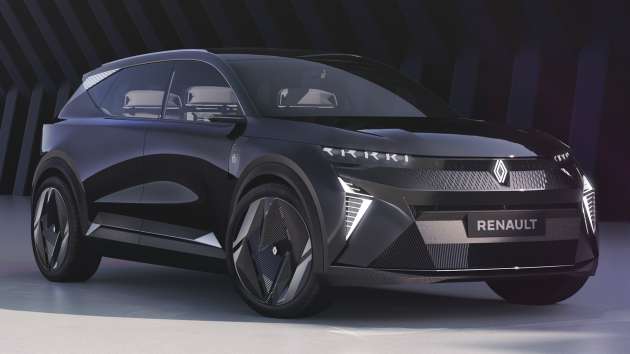
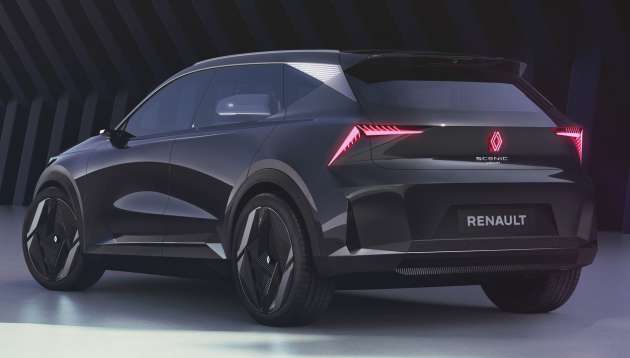
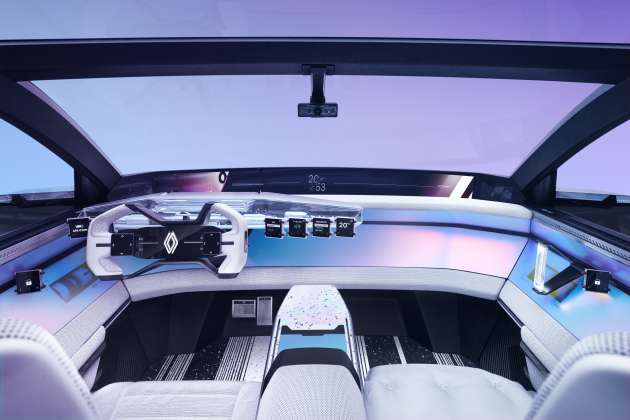
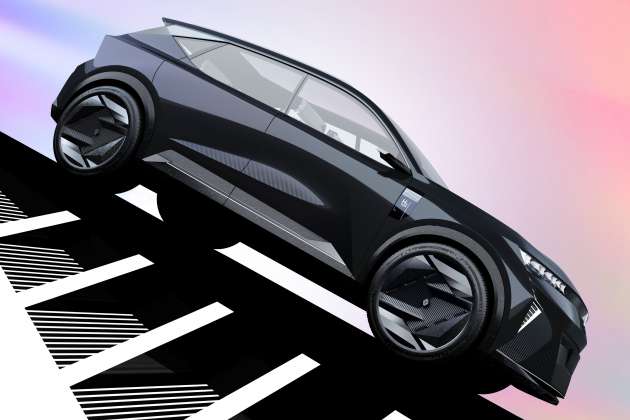



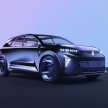
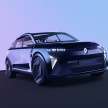
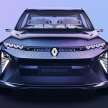
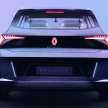
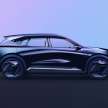
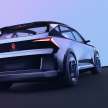
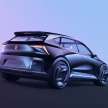
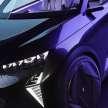
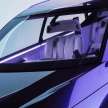
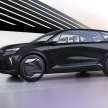
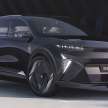
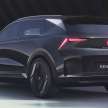
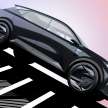
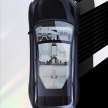









This is a much better way forward, we can’t just keep expanding the battery to get more range, like what the article said better management of resources. H is widely available anyway, just need to build up the infrastructure just like EV charger stations.